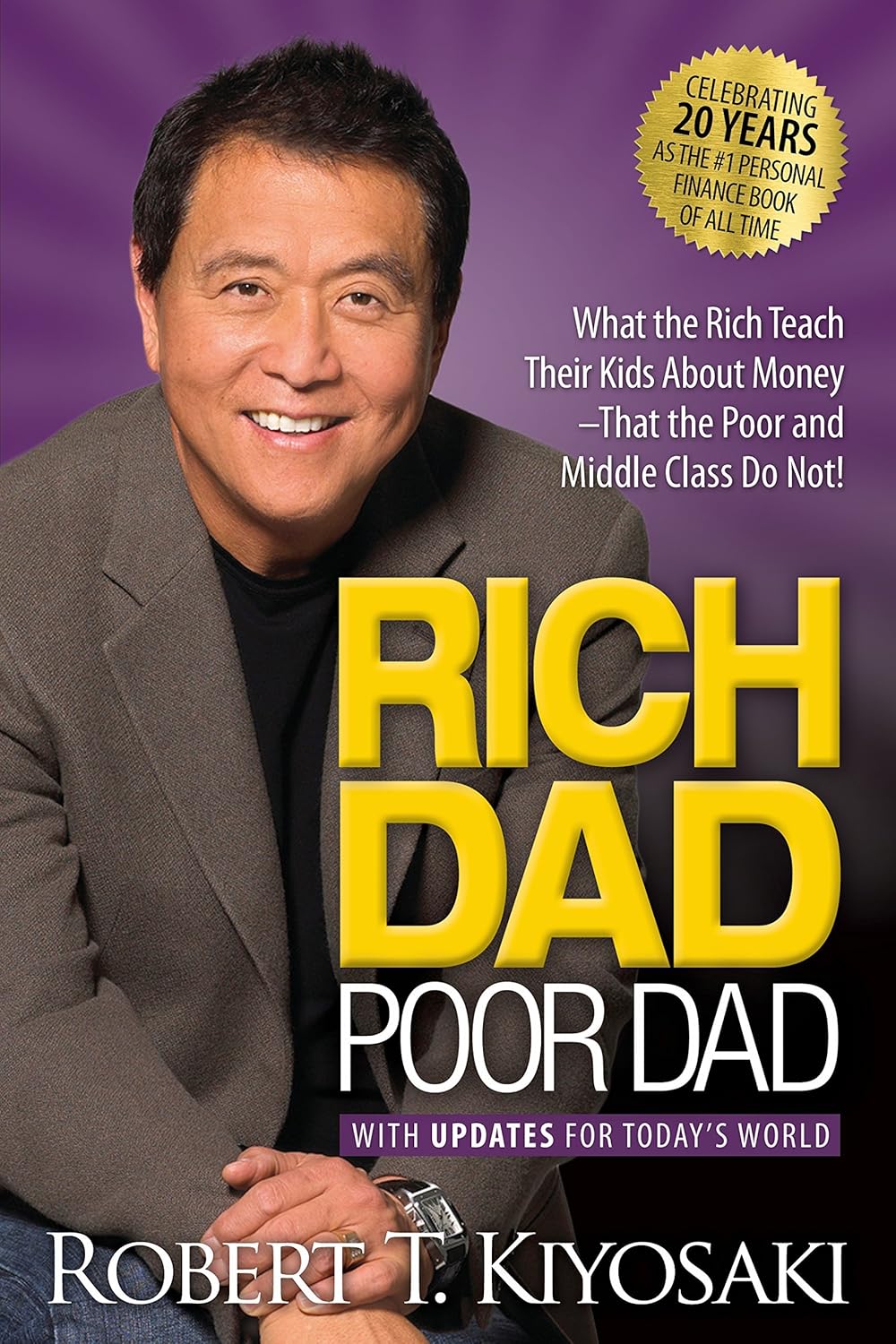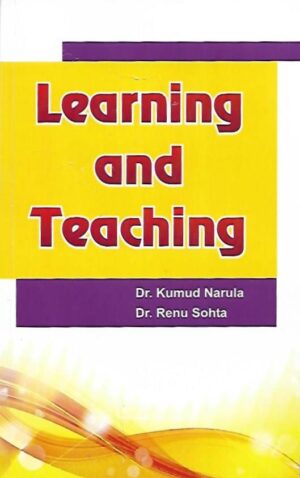PREFACE
“Rich Dad Poor Dad”** is not a novel but rather a personal finance book written by Robert T. Kiyosaki. Published in 1997, it has become one of the best-selling personal finance books of all time. The book is structured around Kiyosaki’s experiences and lessons learned from his two “dads” – his biological father (Poor Dad) and the father of his childhood best friend (Rich Dad).
Key Themes and Lessons:
1. Financial Education**: Kiyosaki emphasizes the importance of financial literacy and education, arguing that traditional education often fails to teach people about money and investing.
2. Mindset and Perspective**: The book contrasts the financial philosophies of the two “dads.” Poor Dad represents traditional beliefs about money (working hard for a secure job), while Rich Dad embodies a mindset focused on entrepreneurship, investing, and building assets.
3. Assets vs. Liabilities**: Kiyosaki introduces the concept of assets (things that put money in your pocket) and liabilities (things that take money out of your pocket). He stresses the importance of acquiring income-generating assets to achieve financial independence.
4. Financial Independence**: The book encourages readers to take control of their financial future by learning how to make money work for them through investments, entrepreneurship, and building passive income streams.
5. Risk-taking and Learning from Failure**: Kiyosaki advocates for taking calculated risks and learning from failures as essential steps towards financial success.
Main Concepts:
– Cash Flow Quadrant**: Kiyosaki introduces the Cash Flow Quadrant, which categorizes individuals into four groups based on how they earn income: Employee, Self-Employed, Business Owner, and Investor. He argues that moving from being an Employee or Self-Employed to a Business Owner or Investor leads to financial freedom.
-Financial Freedom**: The book promotes the idea of achieving financial freedom – the point at which passive income generated by investments or businesses exceeds one’s expenses, allowing for a choice in how to spend one’s time.
Writing Style:
Robert Kiyosaki’s writing style is straightforward and anecdotal, using personal stories and examples to illustrate financial principles. He presents his ideas in a clear and accessible manner, making complex financial concepts understandable for readers from all backgrounds.
Reception and Impact:
“Rich Dad Poor Dad” has been widely praised for its practical advice and motivational approach to personal finance. It has inspired millions of readers worldwide to rethink their attitudes towards money, investing, and financial independence. Critics, however, have pointed out that some of Kiyosaki’s ideas may be controversial or oversimplified, particularly his views on education and risk-taking.
Overall, “Rich Dad Poor Dad” remains a influential book in the realm of personal finance, offering timeless lessons on wealth building and financial independence that continue to resonate with readers seeking to improve their financial literacy and achieve their financial goals.






Reviews
There are no reviews yet.